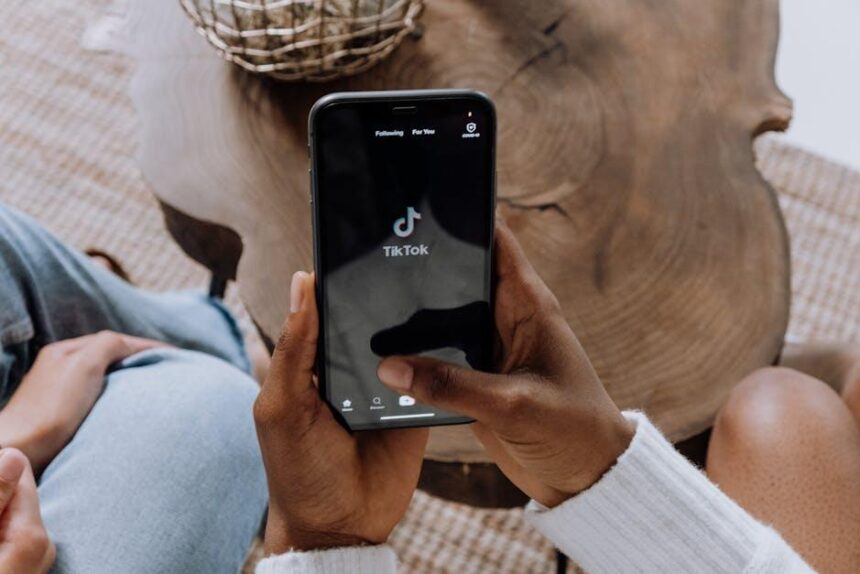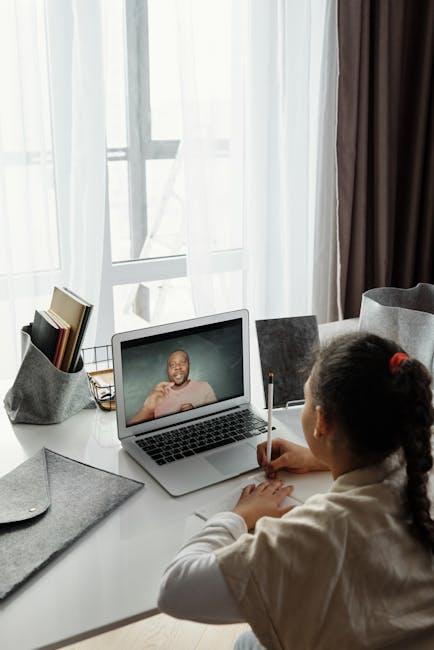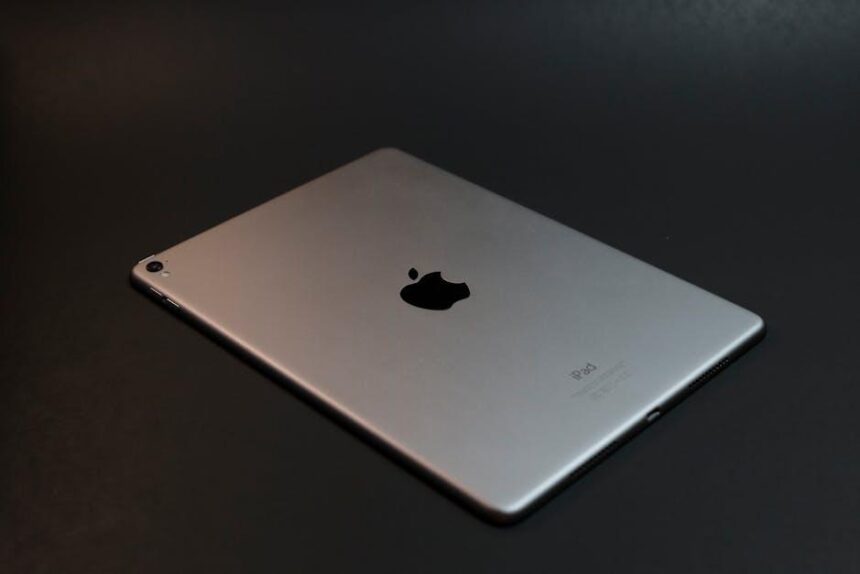In today’s digital age, where screens dominate our daily lives, understanding how to manage app usage becomes essential. Apple’s Screen Time feature serves as a powerful tool, empowering users to monitor their device habits meticulously. Whether you’re striving for a healthier balance or keeping a watchful eye on your children’s app engagement, Screen Time unveils a world of insights into how we interact with our devices. This article delves into the intricacies of utilizing iPhone Screen Time to unlock the secrets of app usage, providing valuable tips to enhance digital well-being and foster mindful consumption of technology.
Understanding iPhone Screen Time: A Deep Dive into Features and Benefits
iPhone’s Screen Time feature offers a comprehensive suite of tools designed to help users monitor and manage app usage effectively. By giving insights into how much time you spend on your device, Screen Time empowers users to cultivate healthier habits in a technology-driven world.
Key Features of Screen Time:
- Daily and Weekly Reports: Provides detailed insights on app usage patterns, helping users identify their digital habits.
- App Limits: Allows users to set daily limits for specific apps or categories, making it easy to curb excessive usage.
- Downtime: Schedule specific hours when only essential apps are available, promoting time away from screens, especially during family time or bedtime.
- Content & Privacy Restrictions: Customize content accessibility based on age restrictions, ensuring a safer experience for children.
- Family Sharing: Coordinate with family members to manage screen time for children, providing parents with the ability to monitor and restrict their child’s usage.
Benefits of Using Screen Time:
- Enhanced Awareness: Users gain a better understanding of their usage patterns, fostering awareness about potential over-dependence on technology.
- Improved Self-Regulation: By establishing limits and designated downtime, users can develop discipline and structure in digital consumption.
- Encouragement of Healthier Habits: By promoting time away from screens, users can focus on real-life interactions, hobbies, and personal well-being.
- Parental Control: Parents can actively participate in managing their children’s screen time, encouraging responsible usage and safeguarding against inappropriate content.
In the increasingly digital landscape, utilizing iPhone’s Screen Time feature can transform your relationship with technology. By taking control of app usage through awareness and restrictions, you can create a more balanced lifestyle that prioritizes well-being while embracing the convenience of mobile devices.

Analyzing App Usage Patterns: Gaining Insights into Your Digital Habits
When it comes to managing your digital life, understanding your app usage can provide invaluable insights into your habits and routines. With the iPhone’s Screen Time feature, you can analyze your app usage patterns to unlock significant trends in your daily activities.
Here are some key aspects to focus on:
- Daily and Weekly Activity: Screen Time allows you to view how much time you spend on each app daily and weekly. Tracking these metrics can help you identify apps that consume more time than intended.
- App Categories: Grouping apps by categories-like social media, productivity, or entertainment-enables you to see where your time is concentrated. Is social media engulfing your hours? This insight could help reshape your priorities.
- Downtime Settings: Setting periods of downtime can mitigate compulsive app usage. This is especially helpful during work hours or family time and can promote healthier digital habits.
- Application Limits: Establishing daily limits for specific apps can encourage moderation. For instance, if your gaming app is a significant time sink, limiting it to an hour per day can help balance your interests.
- Notifications Insight: By analyzing app notifications, you can determine which apps distract you the most. Reducing notifications for these apps can lead to a more focused and productive day.
Your app usage habits are more than just numbers; they reflect your lifestyle choices. By consistently checking these patterns through Screen Time, you can actively adapt and improve your daily routines. Here’s a quick breakdown in the table below:
| Category | Example Apps | Average Time spent per week |
|---|---|---|
| Social Media | Facebook, Instagram, TikTok | 10 hours |
| Productivity | Trello, Slack, Google Docs | 5 hours |
| Entertainment | YouTube, Netflix, Gaming Apps | 8 hours |
| Health & Fitness | MyFitnessPal, Fitbit, Climbing Apps | 3 hours |
By leveraging the data from Screen Time, you can create a more balanced life, ensuring that technology enhances rather than overwhelms your daily experience. Consider setting aside some time each week to review your usage, adjusting your limits and settings to align better with your goals.
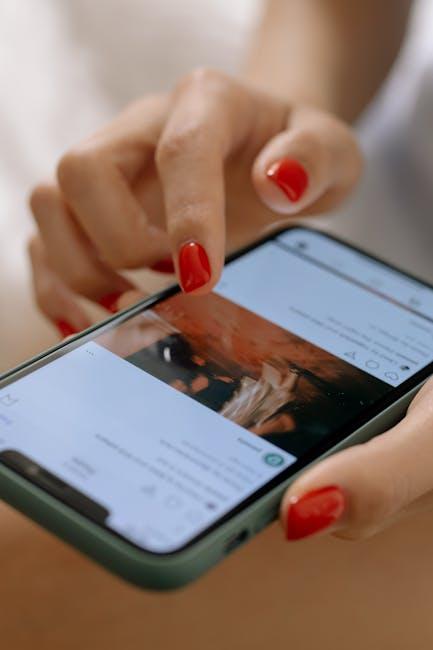
Effective Strategies for Managing Screen Time: Tips for a Healthier Relationship with Technology
To foster a healthier relationship with technology, implementing effective strategies for managing screen time is crucial. Here are some actionable tips that can help create a balanced digital environment:
- Set Clear Boundaries: Establish specific time limits for screen usage. Decide on a daily or weekly screen time allowance, and communicate this to all family members.
- Create Tech-Free Zones: Designate areas in your home, such as the dining room or bedrooms, where screens are not allowed. This encourages family interactions without distractions.
- Encourage Alternatives: Promote outdoor activities or hobbies that do not involve screens. Activities like sports, reading, or crafting can be fulfilling substitutes.
- Model Healthy Habits: Be a role model by managing your own screen time. When children see adults engaging with technology mindfully, they are more likely to follow suit.
- Use Screen Time Management Tools: Leverage features like Apple’s Screen Time to monitor app usage and set restrictions. This empowers everyone to track their habits and adjust accordingly.
- Incorporate Family Discussions: Have regular discussions about technology use, including the potential impacts of excessive screen time. Encourage open dialogue about feelings and experiences surrounding digital media.
- Reward Healthy Use: Implement a reward system for adhering to screen time rules. For example, children could earn extra recreational time for completing chores or homework without using screens.
Integrating these strategies into daily life can significantly improve both mental well-being and interpersonal relationships within the family. It’s essential to regularly reassess these practices to ensure they continue to meet your family’s needs.
| Strategy | Benefits |
|---|---|
| Clear Boundaries | Reduces conflict over screen rules |
| Tech-Free Zones | Enhances communication among family members |
| Encouraging Alternatives | Promotes physical health and creativity |
| Modeling Habits | Teaches children by example |
| Screen Time Tools | Provides insight into usage patterns |
By implementing these techniques within your family, you’ll pave the way for a positive and sustainable interaction with technology.
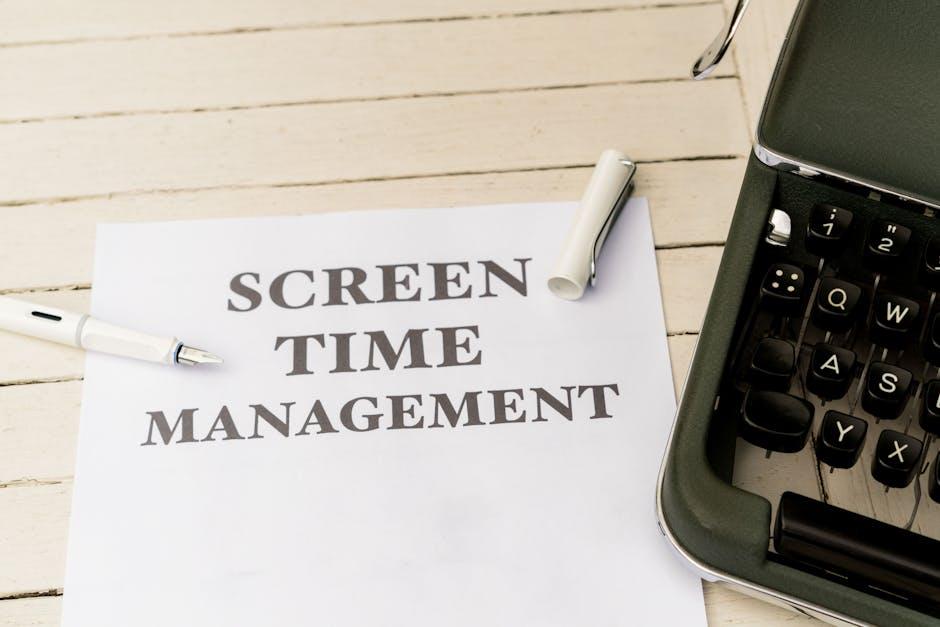
Setting Goals and Tracking Progress: Making the Most of Screen Time Insights
With the ability to monitor app usage effectively on your iPhone, you can set clear goals and track your progress towards healthier screen habits. Here’s how to make the most of the insights you gain from Screen Time:
- Define Your Goals: Start by identifying why you want to monitor your screen time. Are you aiming to reduce distractions, increase productivity, or simply spend more quality time offline? Clear objectives will guide your usage and motivation.
- Set Specific Limits: Use Screen Time settings to configure daily limits for specific apps or categories. This creates a structured approach to your usage and helps you stay accountable.
- Track Daily and Weekly Trends: Regularly review the analytics provided by Screen Time. Look for patterns in your usage – what times of day are you most active? Which apps are consuming the most time?
- Create a Reward System: Consider implementing a reward system for reaching your goals. For instance, if you successfully reduce your screen time for a week, treat yourself to something special, reinforcing positive behavior.
To visualize your progress, here’s a simple tracking table you can use:
| Date | App Used | Time Spent (hours) | Goal Achieved? |
|---|---|---|---|
| July 1 | Social Media | 2 | No |
| July 2 | Productivity App | 3 | Yes |
| July 3 | Games | 1 | Yes |
By maintaining a record of your app usage and corresponding goals, you can significantly improve your digital habits. Make adjustments as necessary, and do not hesitate to tweak your goals based on your evolving needs and priorities. Embrace Screen Time insights as a tool for empowerment, enhancing both your productivity and personal well-being.

Closing Remarks
As we conclude our exploration of iPhone Screen Time, it’s clear that this powerful tool offers more than just insights; it empowers you to take control of your digital life. By understanding your app usage patterns, you can make informed choices that enhance productivity and promote a healthier relationship with technology. Whether you’re striving to focus on your priorities or simply looking to declutter your digital habits, Screen Time is your ally in achieving balance. Embrace the journey of mindful usage and continue to unlock the potential of your device, one click at a time. Remember, the key to a more intentional lifestyle lies not just in tracking time, but in transforming it. Happy monitoring!


